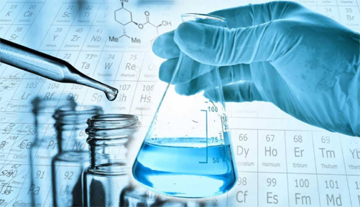
- Introduction:
- Nova International - MAA Manufacturer India:
The synthesis of rubber chemicals relies heavily on MAA, which helps improve the performance and qualities of rubber. Meta Amino Acetanilide (MAA) is a key component of many industries, fostering innovation and progress in materials science and pharmaceutical research with its wide range of uses and essential role in chemical synthesis.
Here are some advantages of Meta Amino Acetanilide (MAA):
1. Versatility: It is used in many different industries since it is a flexible intermediate product used in the synthesis of organic compounds, dyes, and medicines.
2. Pharmaceutical Applications: It is an essential component in the creation of pharmaceuticals that successfully reduce pain and inflammation by synthesizing analgesic and anti-inflammatory medications.
3. Colorant Stability: In the dye and pigment business, MAA improves the colorants' stability and vibrancy for usage in plastics, textiles, and other materials, guaranteeing vibrant, long-lasting colors.
4. Chemical Synthesis: It is a great option for a number of chemical synthesis procedures because of its reactivity and chemical structure, which enable the synthesis of complex molecules and compounds.
5. Increasing Demand: The demand for MAA is predicted to rise in tandem with developments in the industrial and healthcare sectors, offering chances for creative application development and expansion.
Our daily progress occurs by the perfect combination of technical know-how and administrative skill. Nova has developed into a co-manufacturer in the contemporary era from a trade company. Because of the reputation we've earned by continuously delivering high-quality products on schedule and with good quality, our clients entrust us with their demands for the development of innovative compounds.
Nova International serves a wide range of industries, including adhesives, coatings, medicines, and agriculture, in order to satisfy the changing demands of its clientele both locally and globally. Nova International is dedicated to sustainability and ethical production. It follows strict environmental laws and works to reduce its environmental impact while providing its international customer base with high-quality goods and services.

















